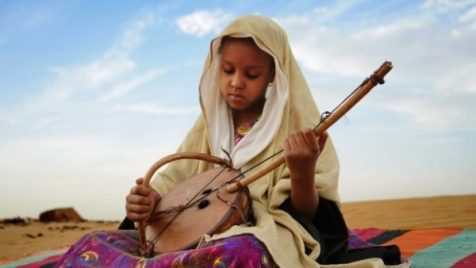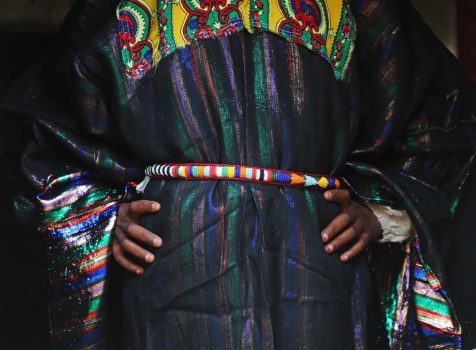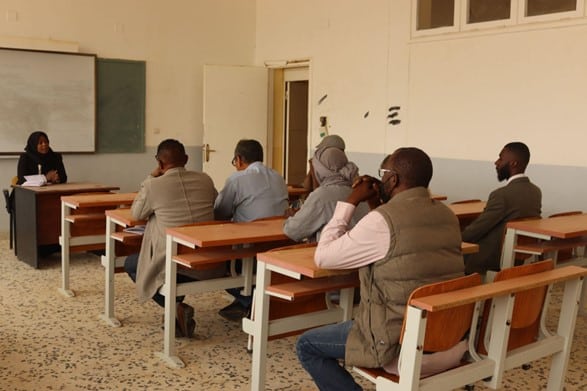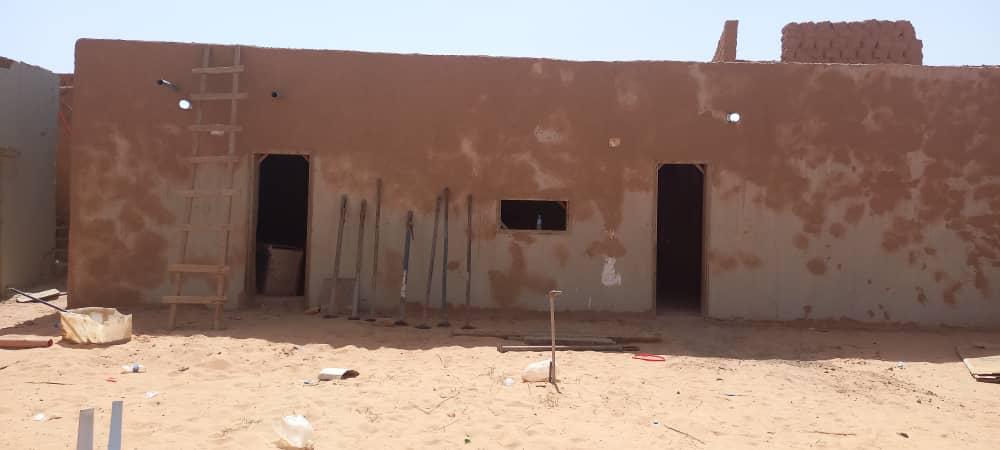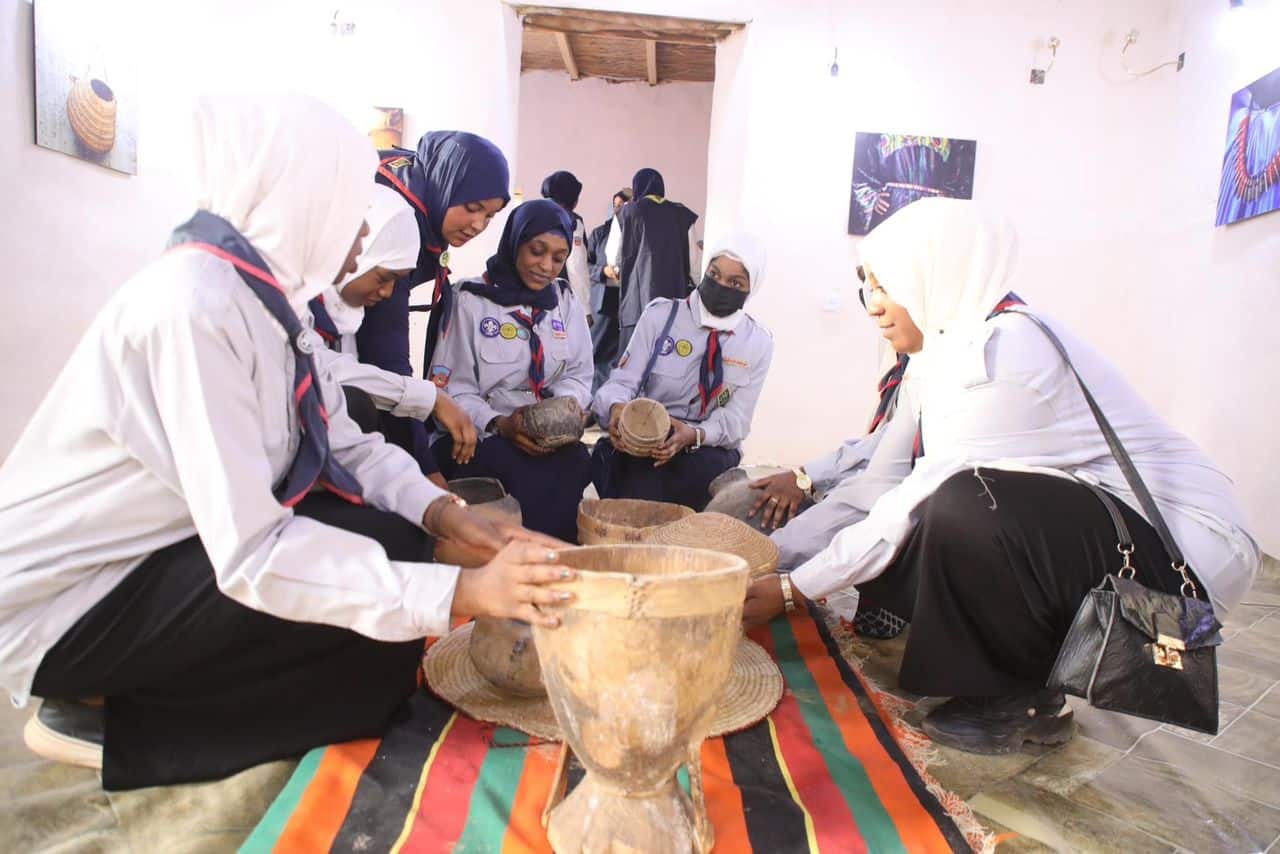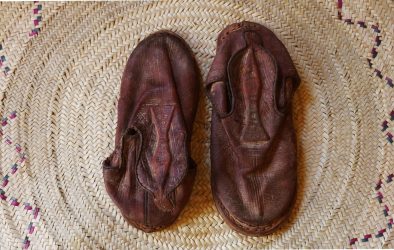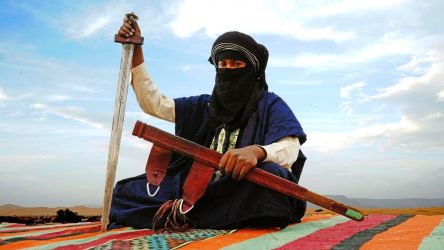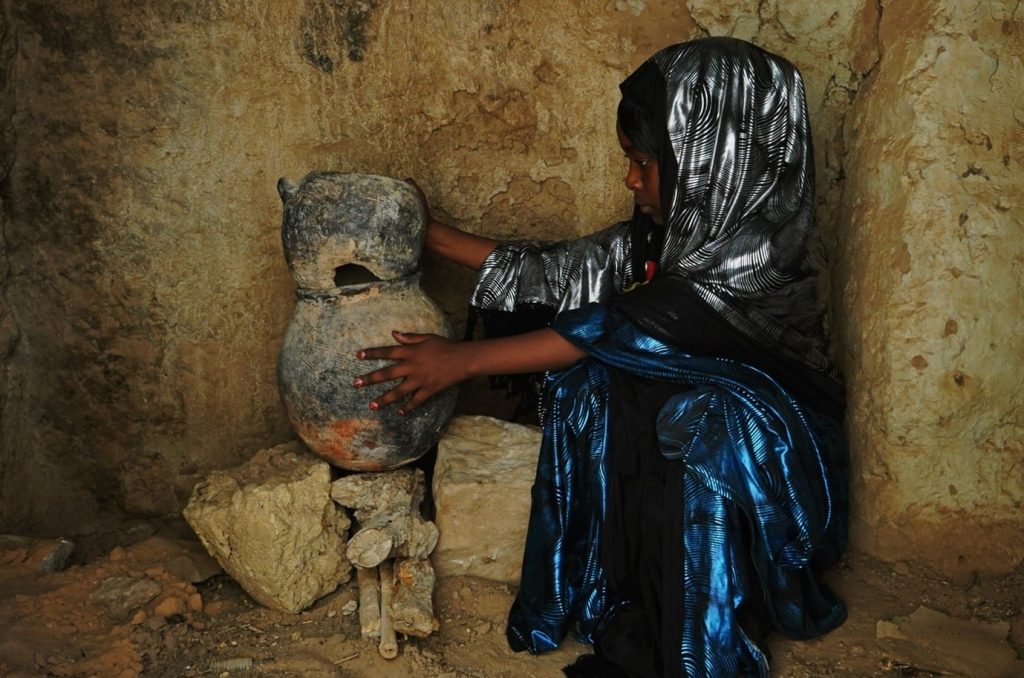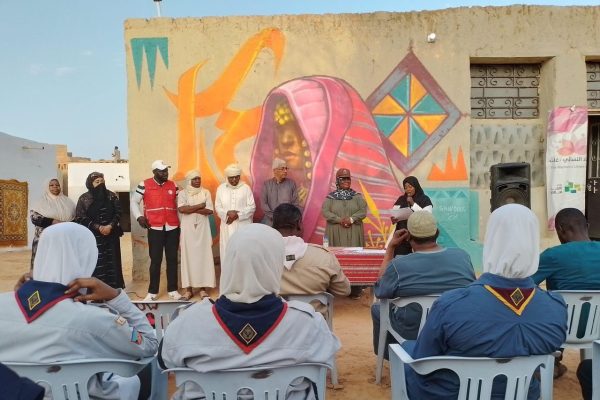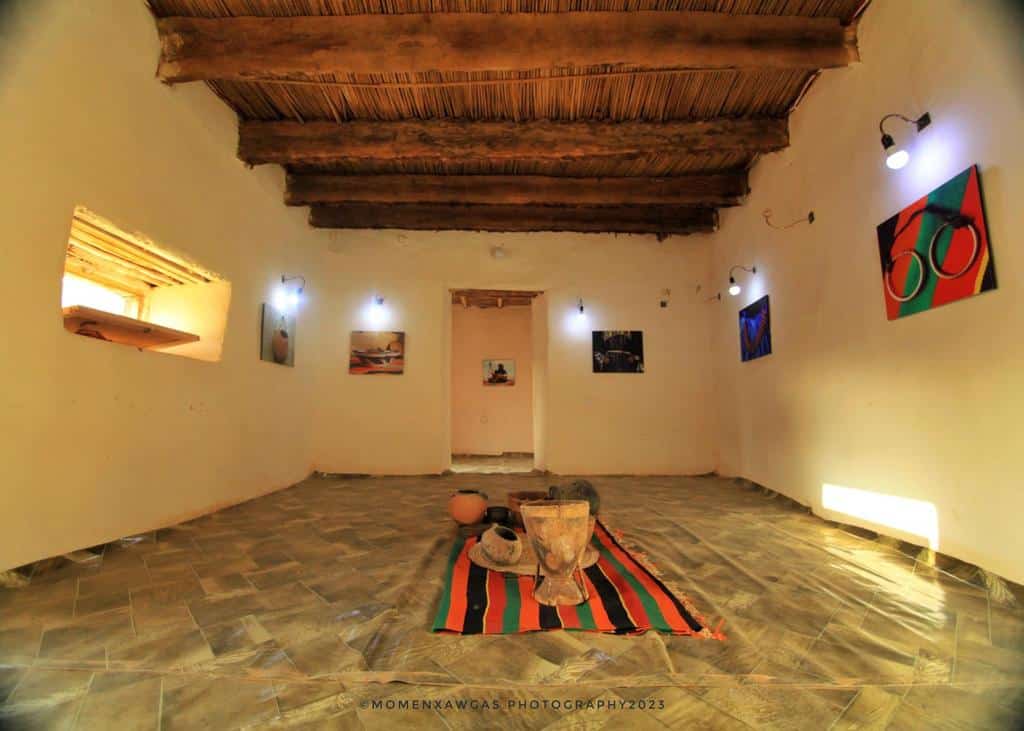

Cultural Property Agreement Implementation Grant (CPAIG) Mini-Grants Program in Libya: Ghat Women’s Union
Sustainability and Reuse of Historic Cities: Kaswa Museum
This project is one of several mini-grants organized by ASOR as a part of its ongoing efforts for cultural heritage protection in Libya, funded through the Cultural Property Agreement Implementation Grant (CPAIG) and the U.S. Embassy to Libya. The Ghat Women’s Union, a civil society association active in southwestern Libya, deployed the mini grant to restore a mudbrick building in the ancient public market and reanimate it as a public museum.
Deep in the southern desert of Libya near the border with Algeria, residents of the town of Ghat are linked to the traditions of the coast as well as the traditions of the Niger river valley. For more than two thousand years, this community has provided a vital waypoint along the routes of trans-Saharan trade. During much of that period, a weekly market hosted at the center of this ancient circular city of mudbrick provided an opportunity for neighbors to come together and traders to exchange goods sourced thousands of kilometers away.
